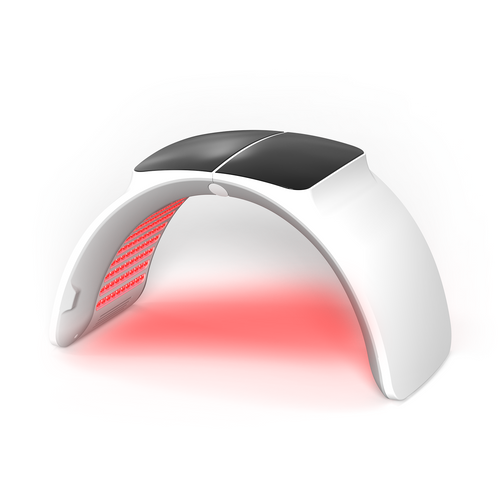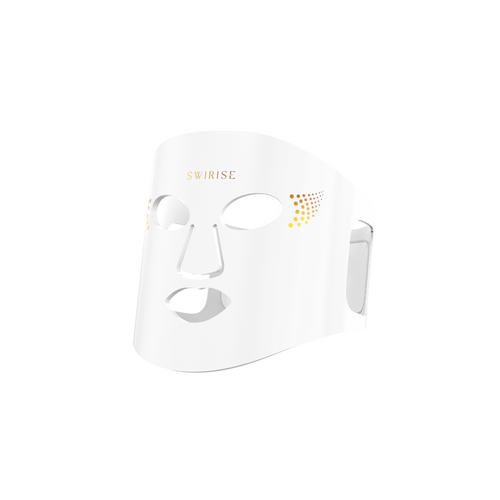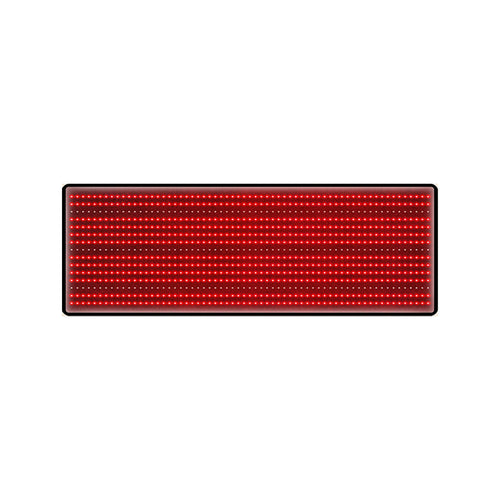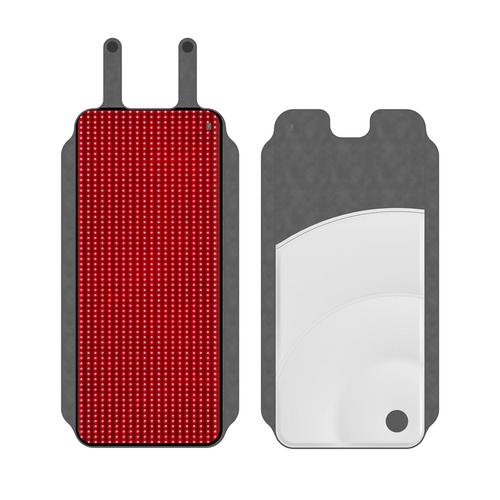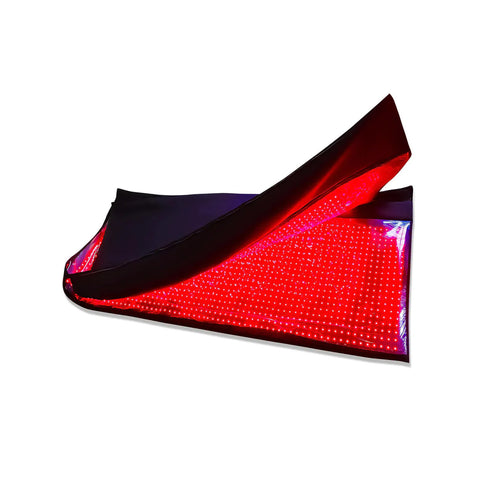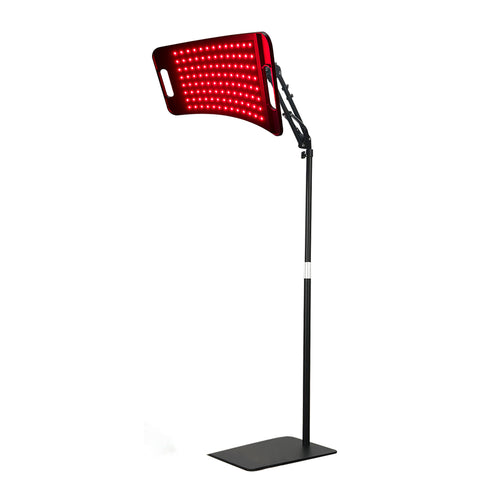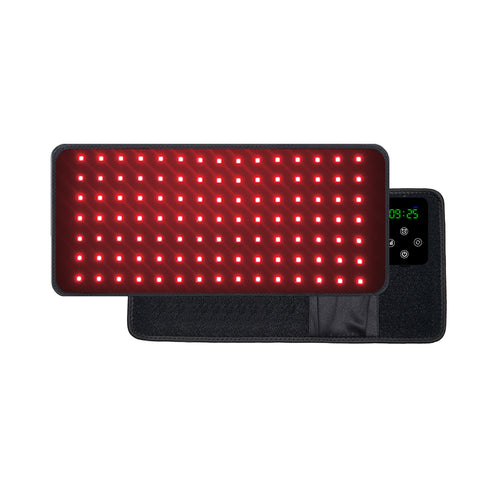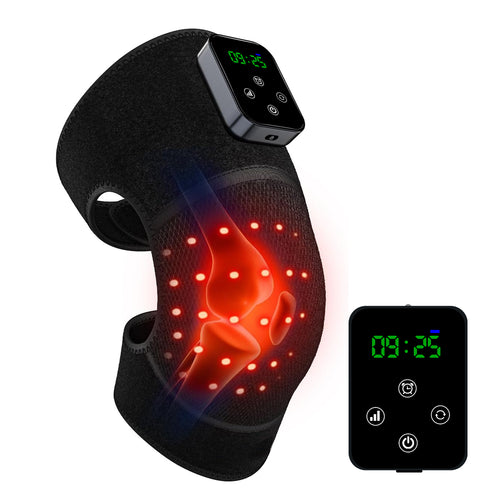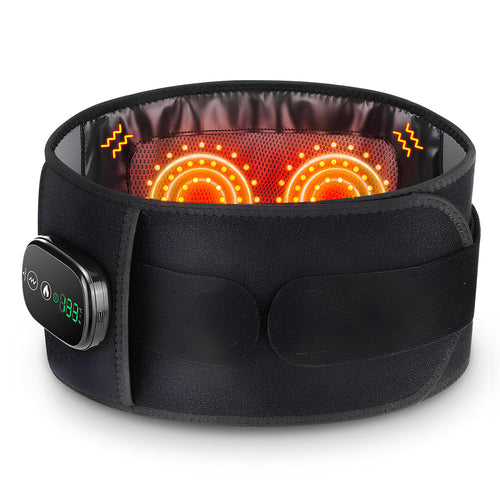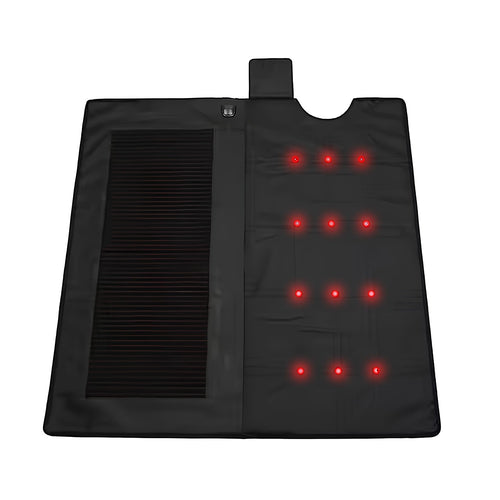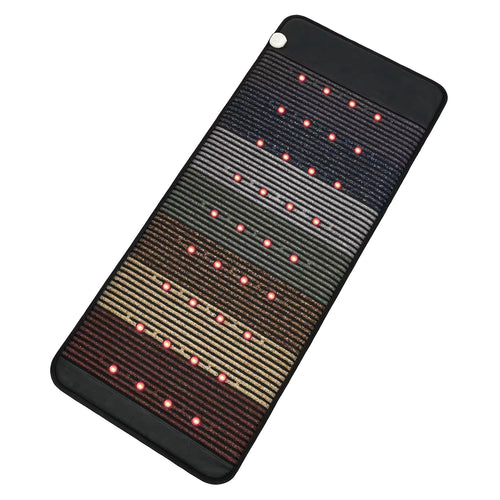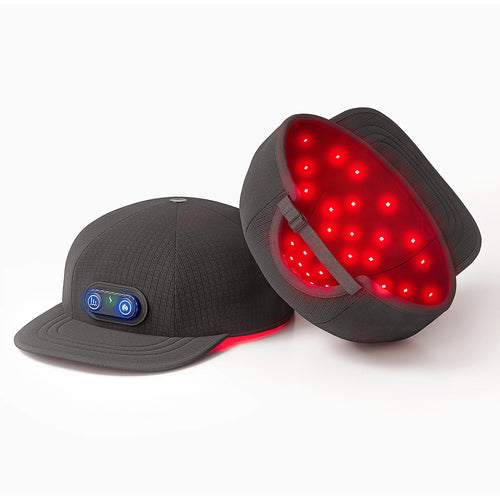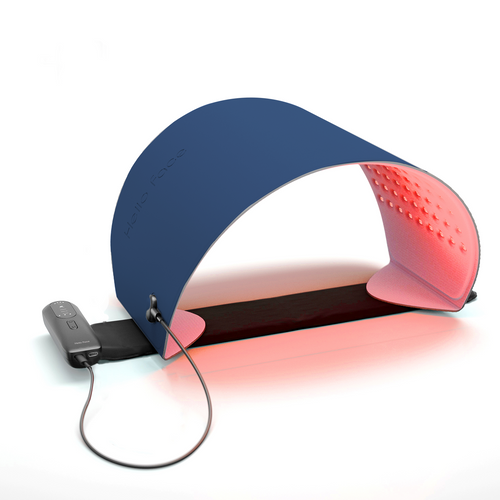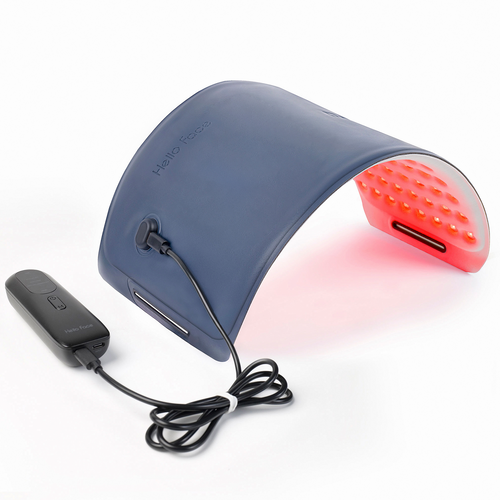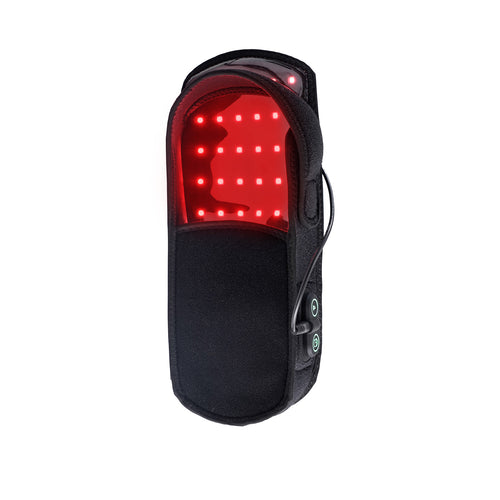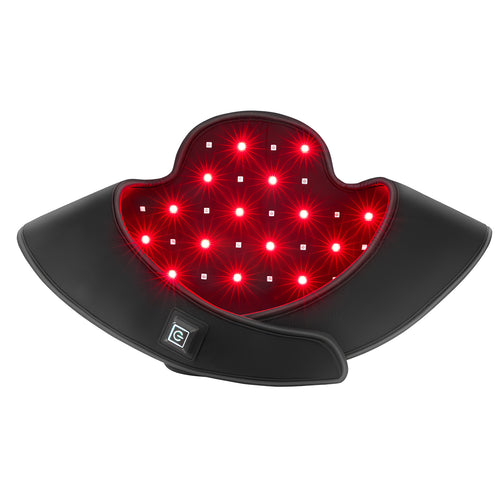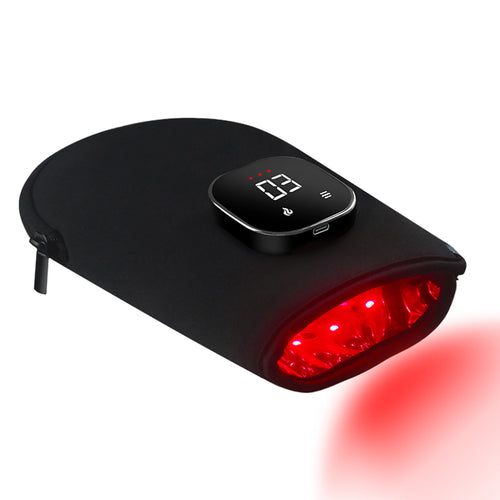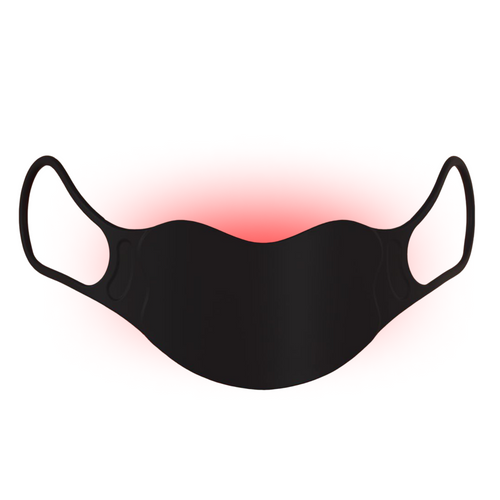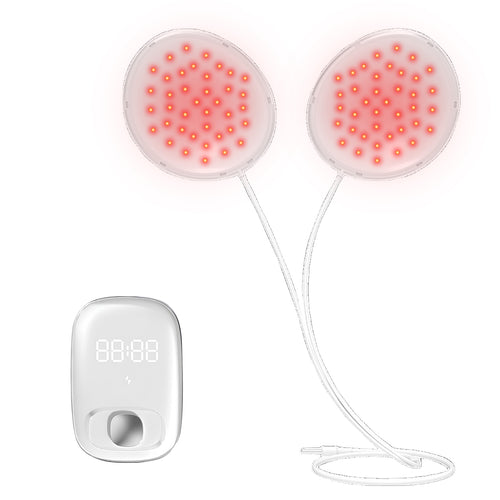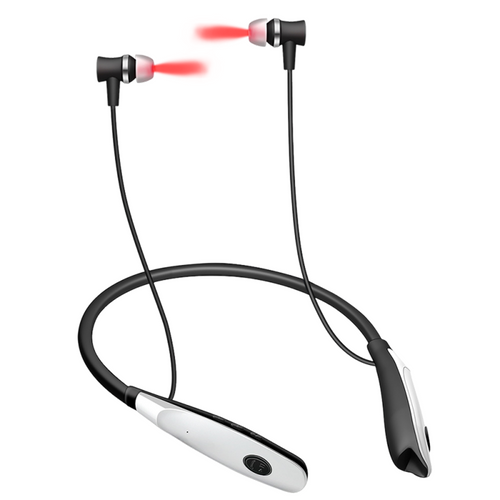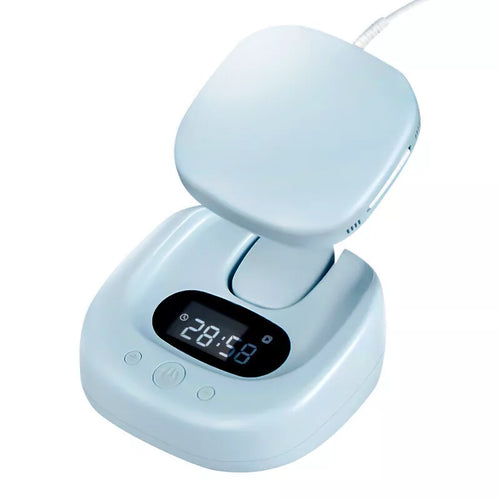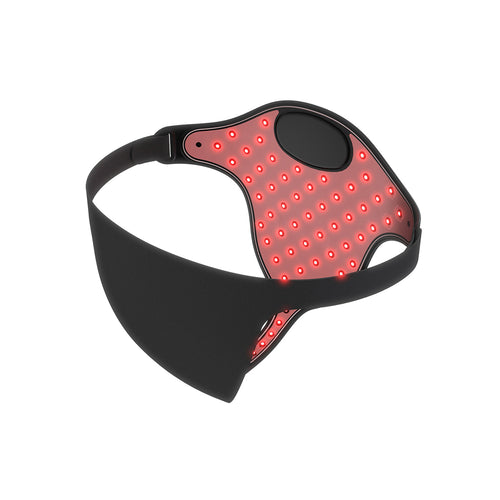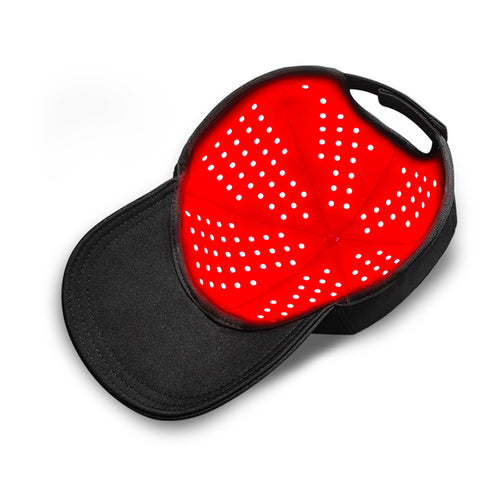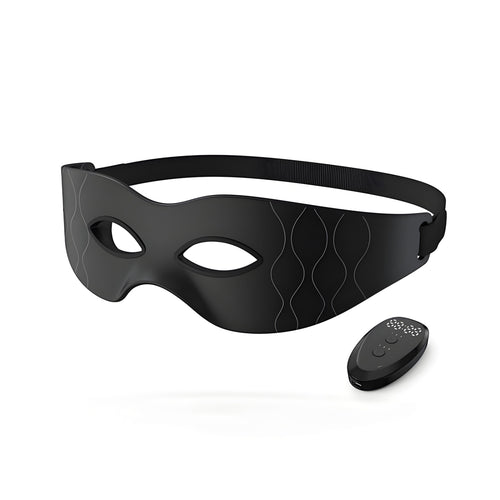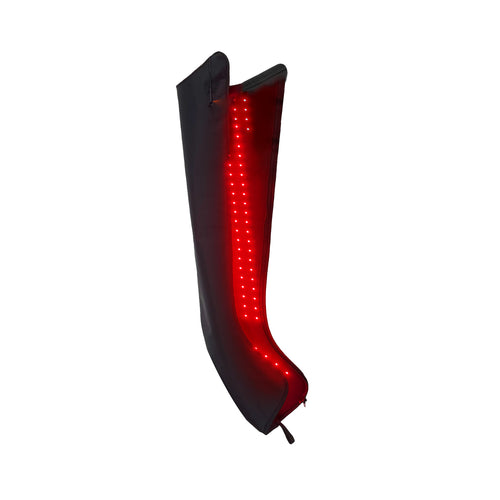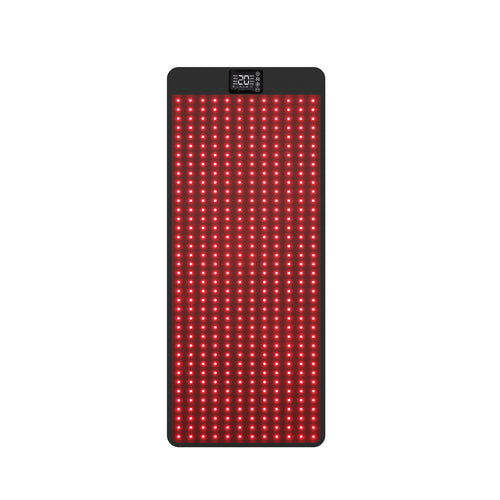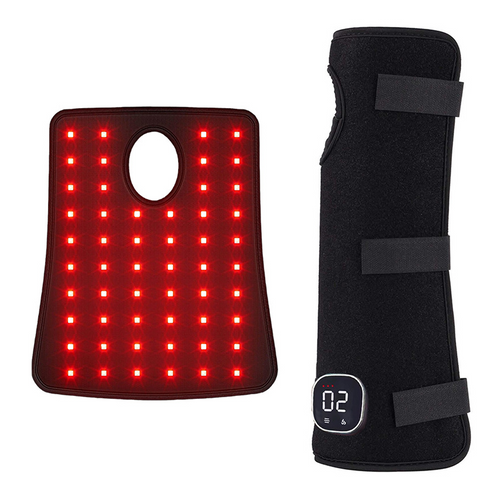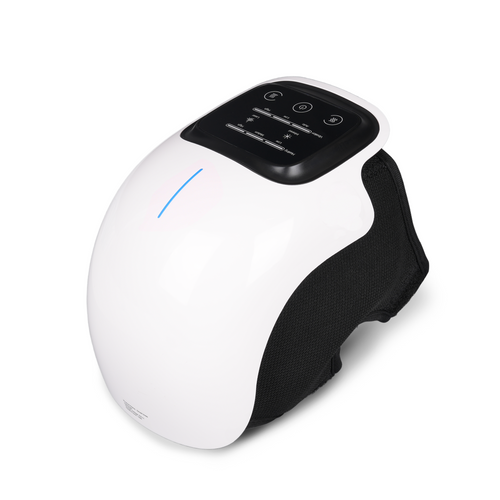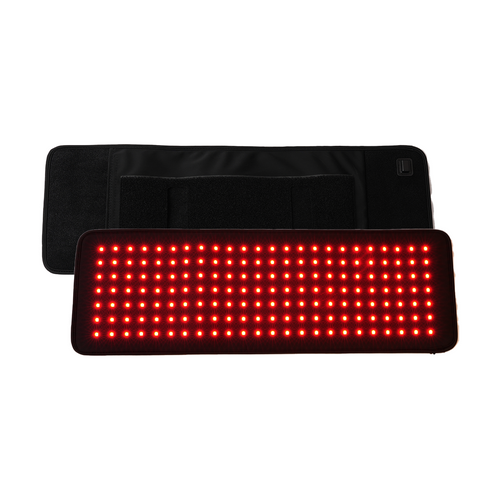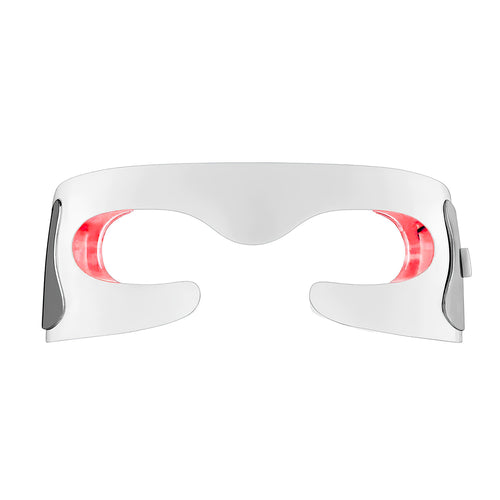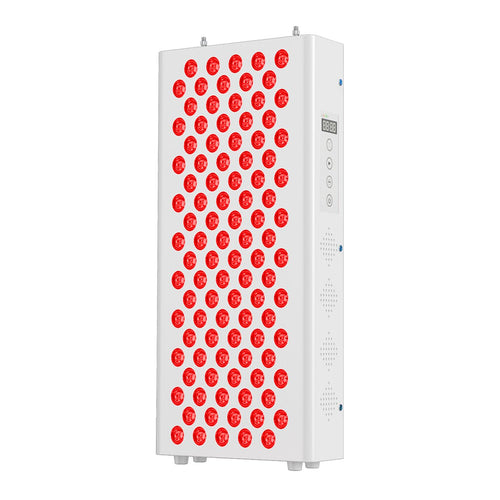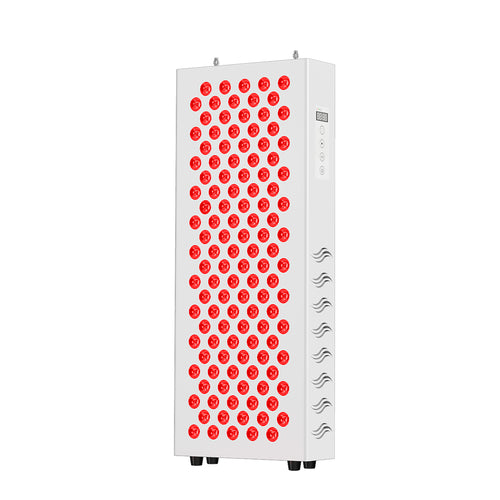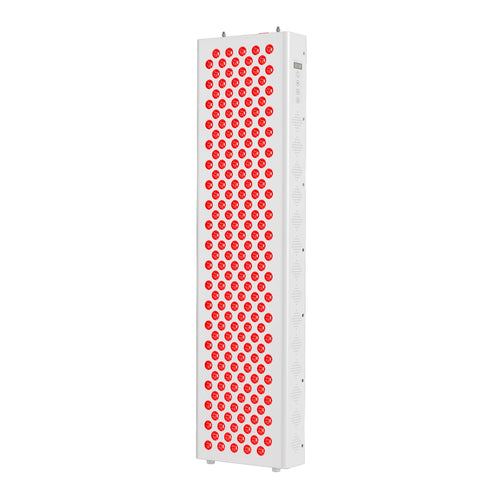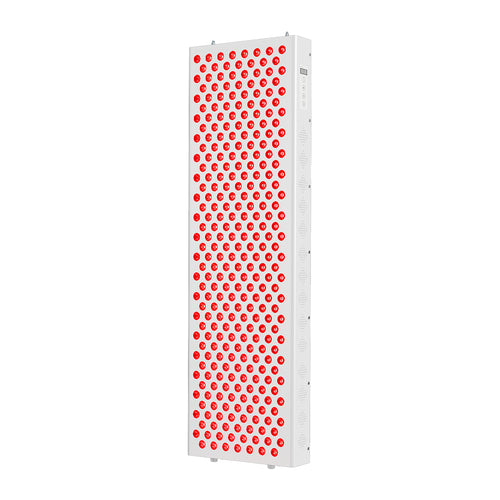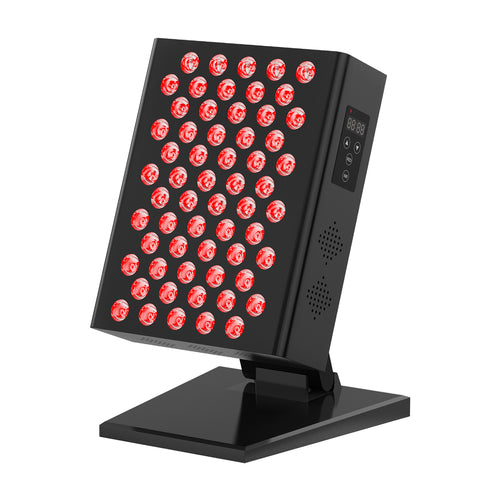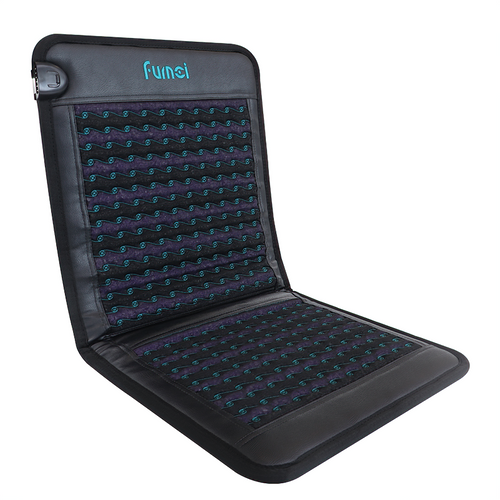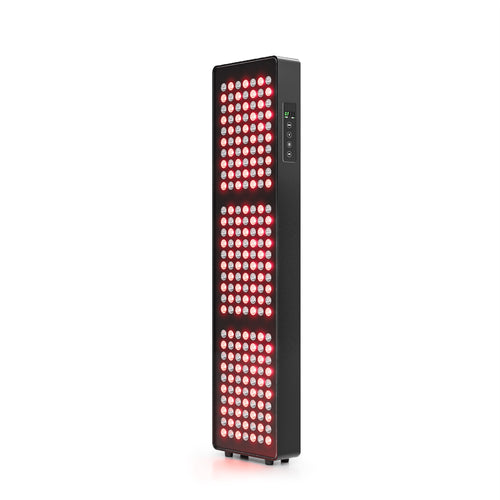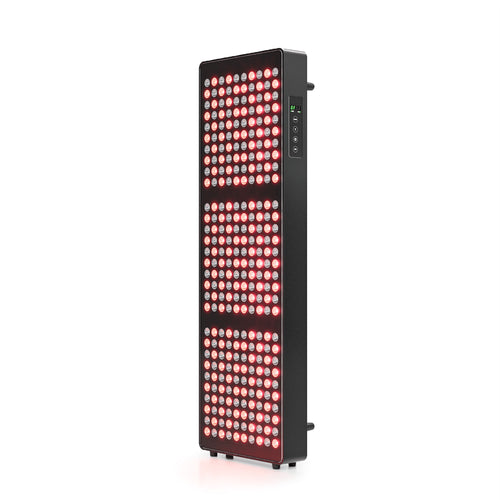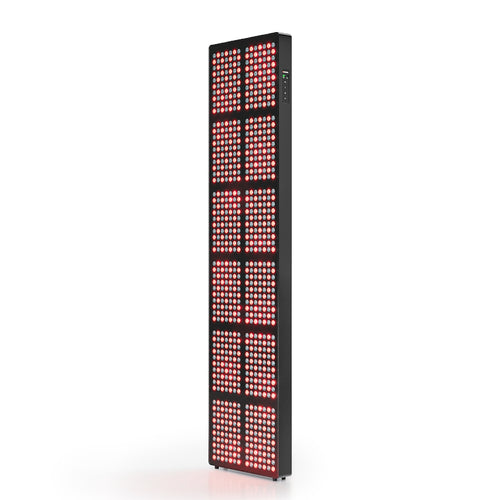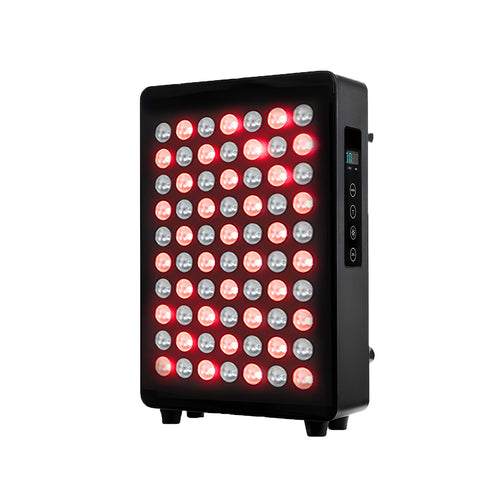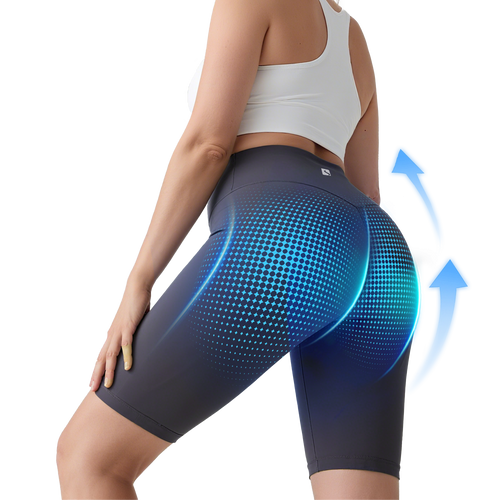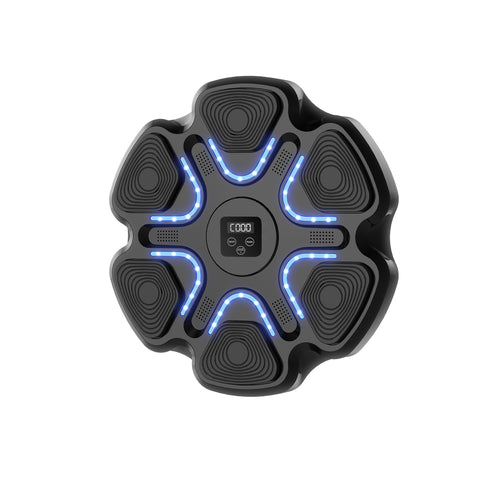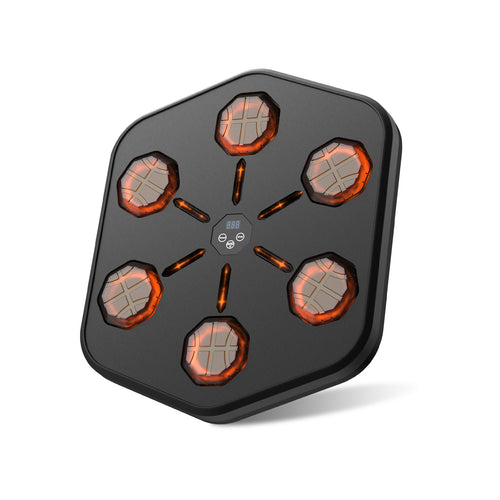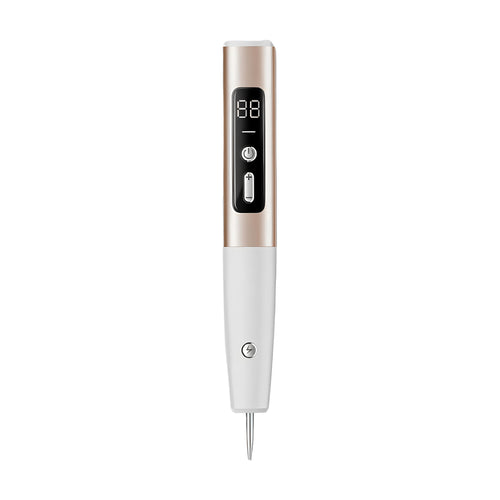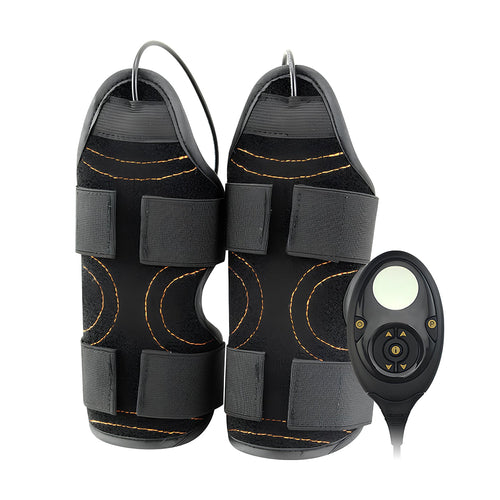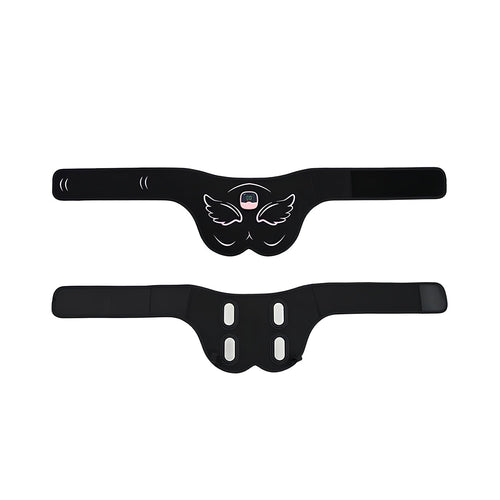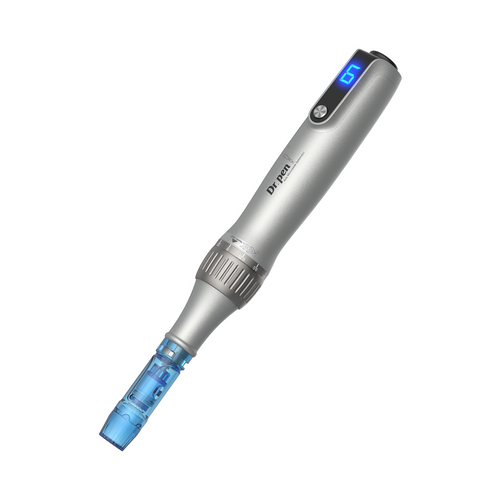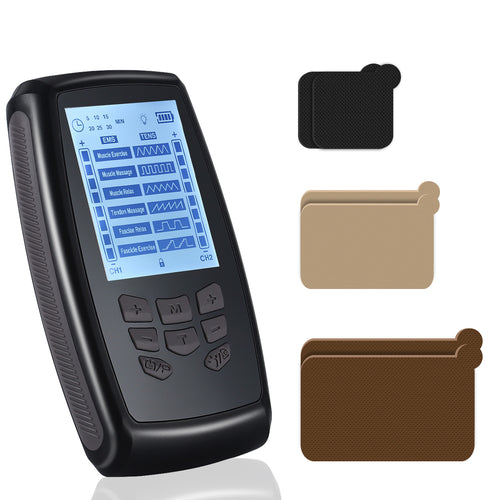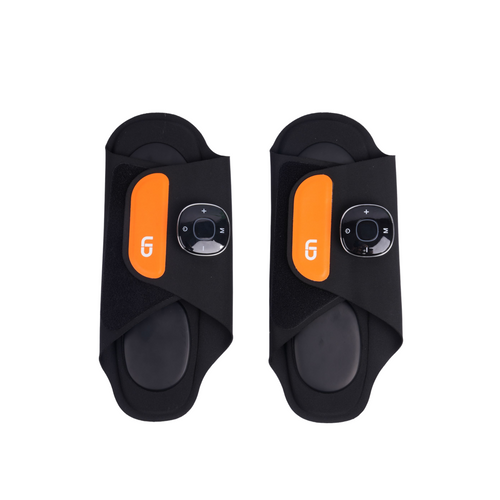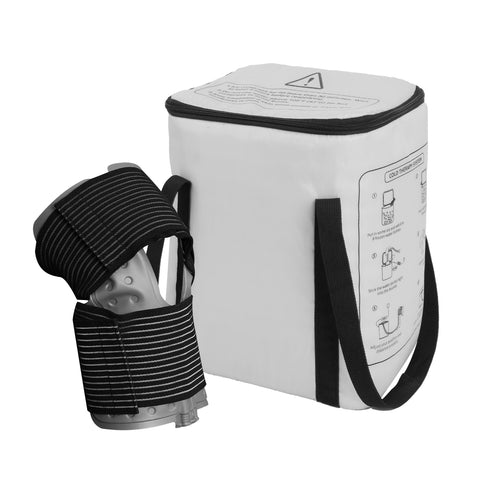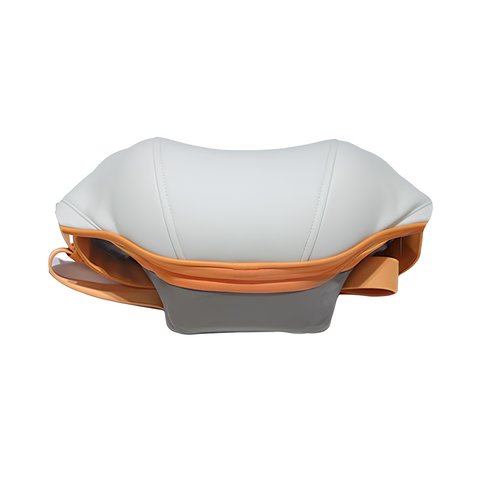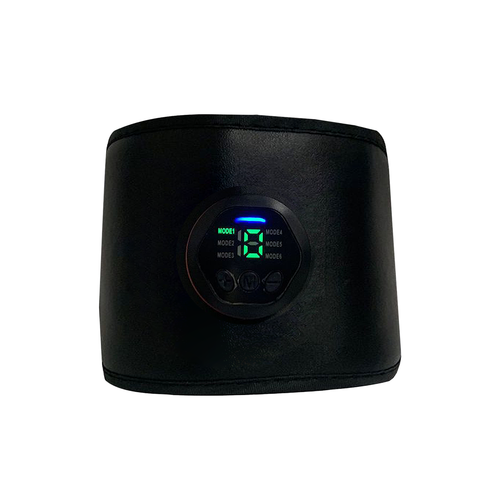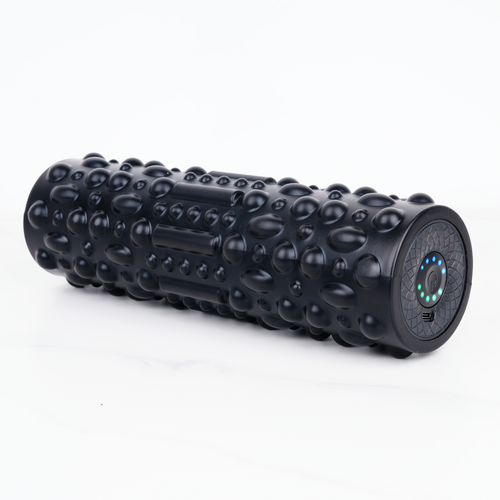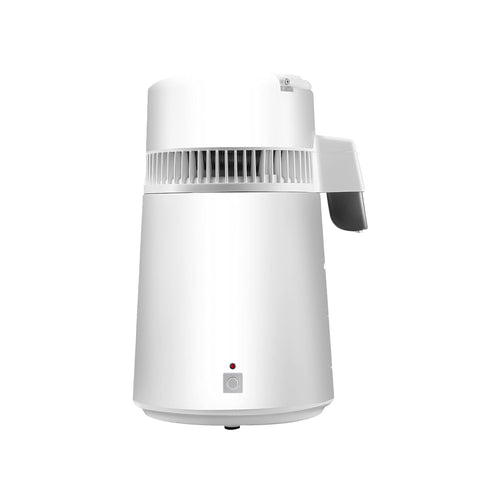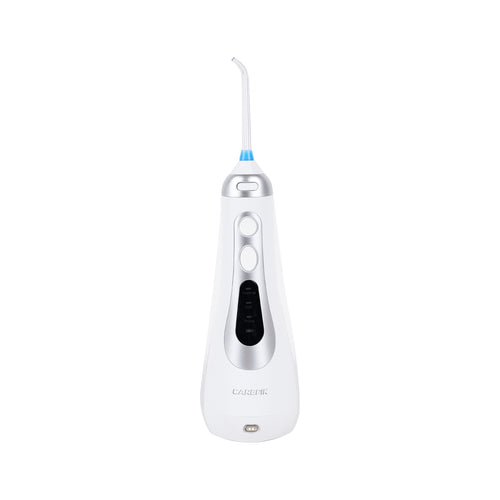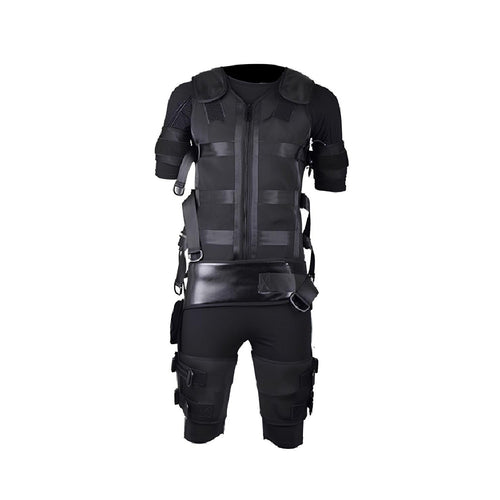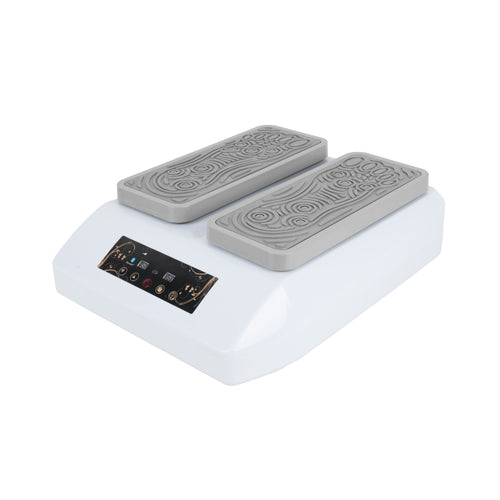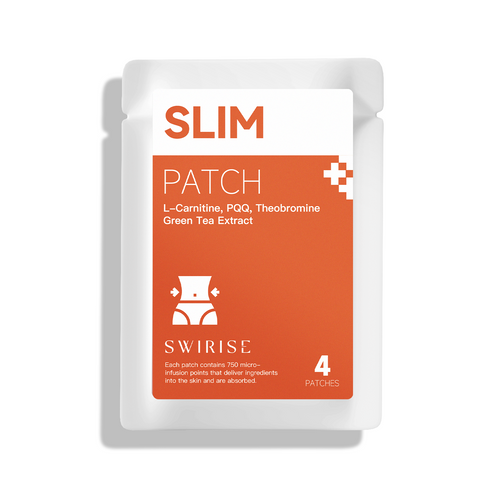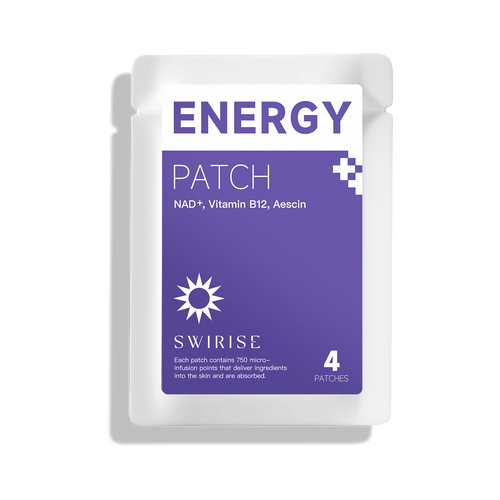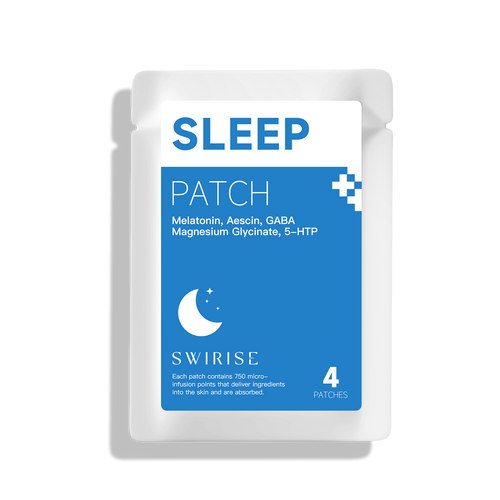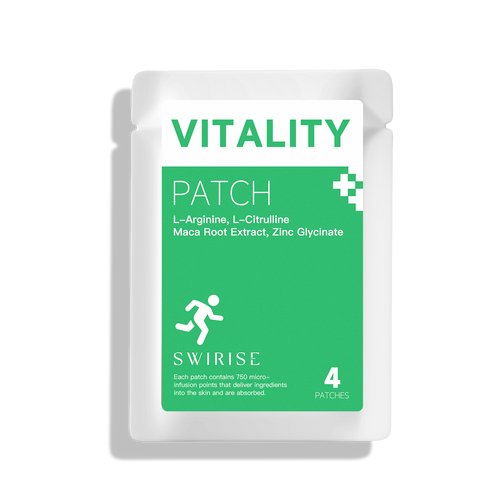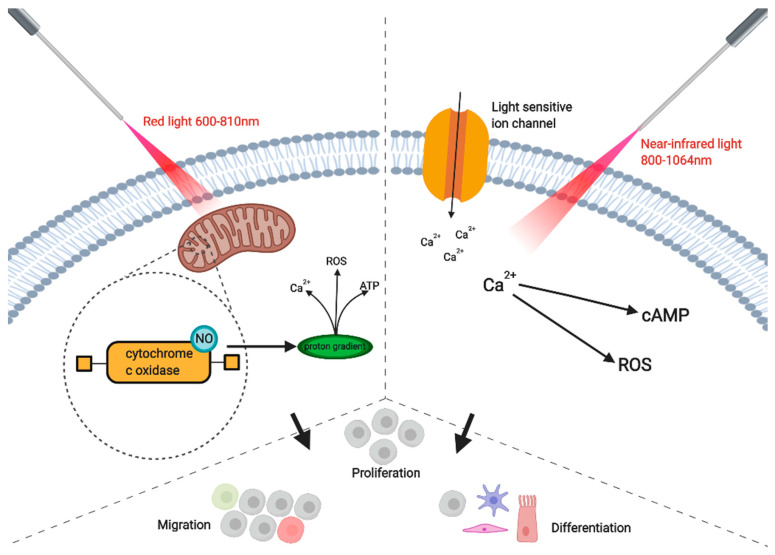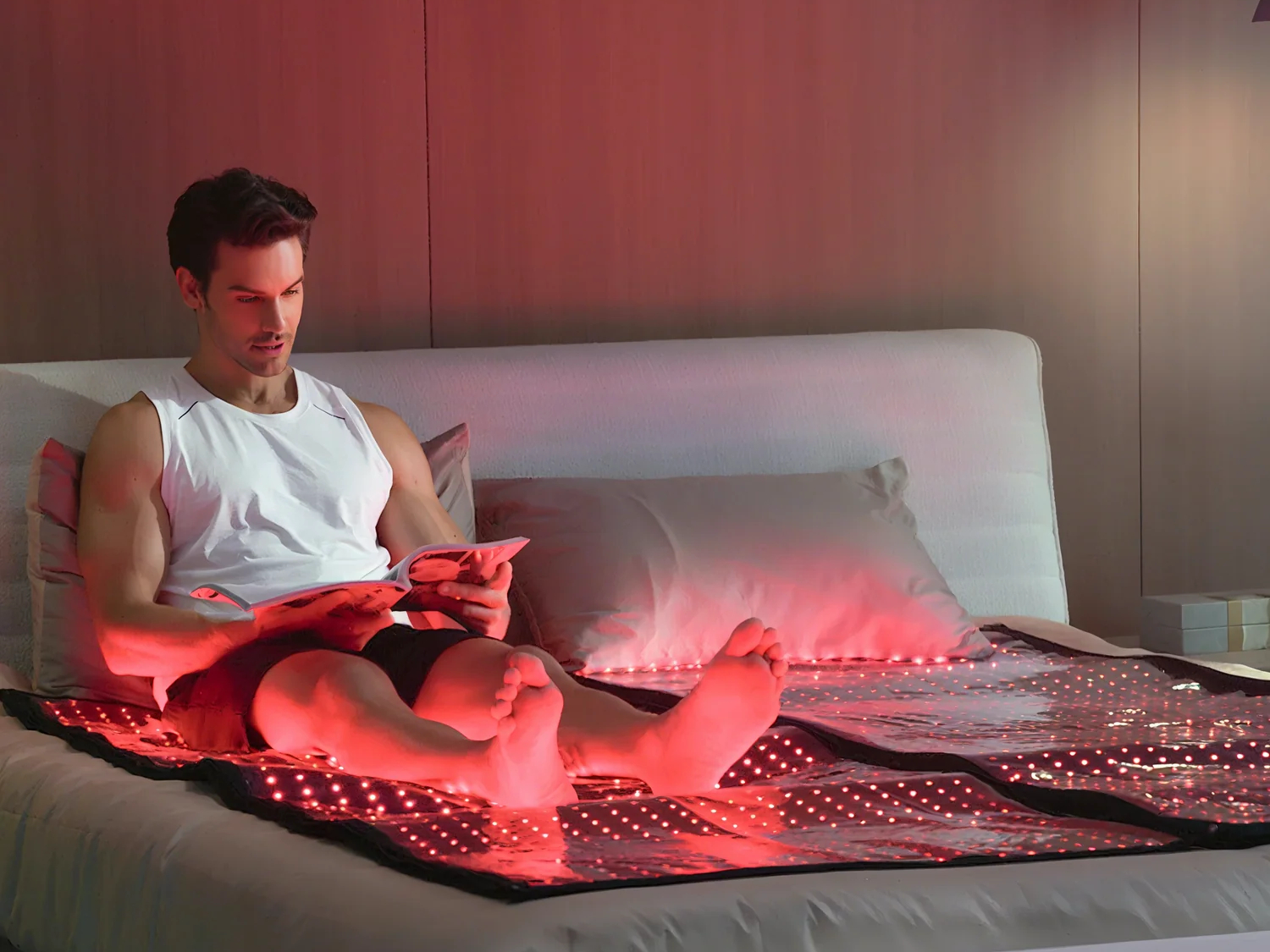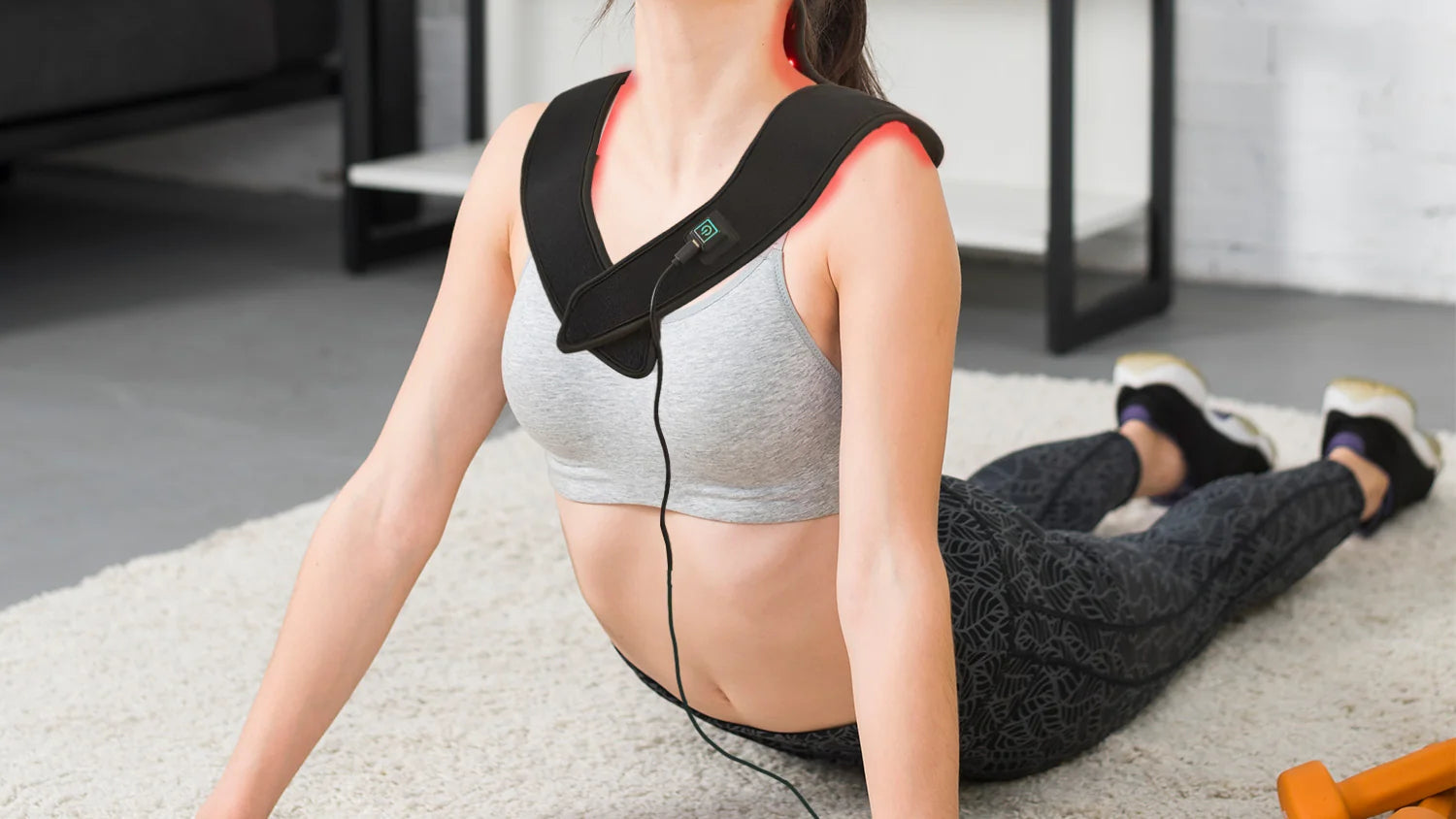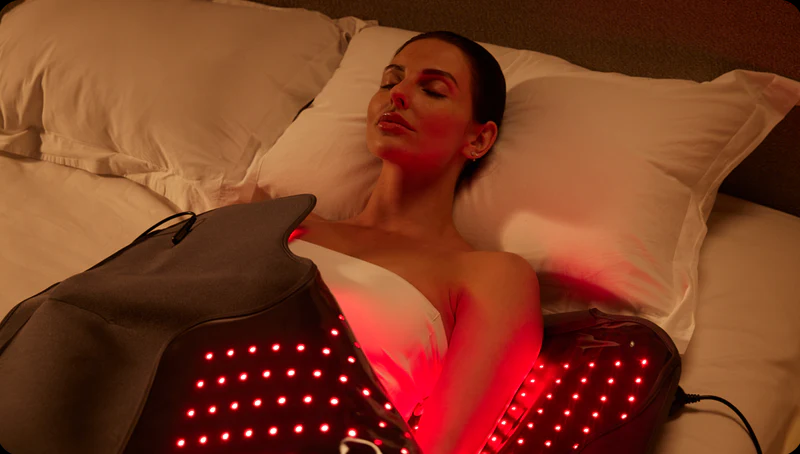
Red Light Wavelength: A Complete Guide
JustinLinWhen it comes to red light therapy—also called photobiomodulation (PBM)—one factor matters more than most: wavelength. The specific wavelengths of red and near-infrared (NIR) light determine how deeply light penetrates your skin and tissues, which biological processes it activates, and what benefits you receive.
If you want real results from red light therapy, understanding how different wavelengths work is key.
In short: Wavelength determines how deep light travels in your body, and therefore which health benefits it can deliver.
What Is a Wavelength in Red Light Therapy?
In simple terms, a wavelength is the distance between peaks of a light wave, measured in nanometers (nm). Each wavelength interacts with your body differently:
- Shorter wavelengths (like red light) have more energy and are absorbed near the skin's surface.
- Longer wavelengths (like NIR) go deeper, reaching muscles, joints—even the brain.
This matters because different tissues lie at different depths, and only specific wavelengths can reach and affect them effectively.
The Science Behind Red and NIR Wavelengths
Red and NIR light both trigger biological effects, but they work slightly differently. Both types of light are absorbed by chromophores—light-sensitive molecules like cytochrome c oxidase (COX) in your mitochondria.
When photons are absorbed:
- They release nitric oxide (NO), which can improve blood flow.
- They boost ATP production, the energy currency of your cells.
- They stimulate repair processes at the cellular level.
From a physics perspective, the energy of light is described by the equation E = hc/λ. This means:
- 630 nm (red light) ≈ 1.97 eV
- 940 nm (NIR light) ≈ 1.32 eV
So while red light carries more energy per photon, NIR penetrates further.
The Therapeutic Optical Window(600–1100 nm)
Importantly, there is a so-called therapeutic optical window roughly from 600–1100 nm, where skin and tissue absorb least and light penetrates deepest.
- Below 600 nm: Light (like blue or green) is mostly absorbed by melanin and hemoglobin, staying at the surface.
- Above 1100 nm: Water absorbs most of the energy, preventing deep tissue penetration.
That leaves red (~600–700 nm) and near-infrared (~700–1100 nm) light as the most effective wavelengths for PBM, ideal for skin, muscle, joint, and neurological benefits. These ranges align with the absorption peaks of mitochondrial enzymes, particularly cytochrome c oxidase (COX), a chromophore that plays a crucial role in energy production.
Figure: Proposed cellular mechanisms of red vs near-infrared light
Red vs. Near-Infrared Light: What's the Difference?
While both red and near-infrared light boost cellular function, they do so through slightly different mechanisms:
Red Light (600–700 nm)
- Depth: 2–3 mm (skin level)
- Mechanism: Absorbed by COX in mitochondria, which releases nitric oxide (NO), allowing more oxygen usage and increasing ATP production.
- Effects: Stimulates collagen, accelerates skin healing, reduces inflammation.
- Best For: Skin rejuvenation, acne, fine lines, wound healing.
Near-Infrared Light (700–1100 nm)
- Depth: 5–10 mm or deeper (muscles, joints, nerves)
- Mechanism: In addition to mitochondrial activation, it opens light-sensitive ion channels and increases intracellular calcium (Ca²⁺), activating signaling pathways (like ROS and cAMP).
- Effects: Enhances muscle recovery, reduces joint pain, supports brain health.
- Best For: Muscle fatigue, arthritis, injury recovery, and potentially neurological benefits.
Red light stays near the surface—great for rejuvenating skin.NIR goes deeper—ideal for pain, recovery, and neurological support.
Key Red and NIR Light Therapy Wavelengths and Their Effects
Here’s how the main therapeutic wavelengths interact with tissue and what they’re good for:
630 nm
- Type: Red
- Penetration Depth: 2–3 mm
- Best for: Acne, superficial wounds, skin inflammation
660 nm
- Type: Red
- Penetration Depth: 2–3 mm
- Best for: Collagen production, anti-aging, skin rejuvenation
810 nm
- Type: NIR
- Penetration Depth: 5–10 mm
- Best for: Muscle performance, recovery, brain therapy (TBI, depression)
850 nm
- Type: NIR
- Penetration Depth: 5–10 mm
- Best for: Joint pain, muscle injuries, inflammation
940 nm
- Type: NIR
- Penetration Depth: 5–10 mm
- Best for: Deeper tissues (joints, bones); higher water absorption
1064nm
- Type: NIR
- Penetration Depth: 5–10 mm
- Best for: Deepest penetration; used for high-impact tissue therapy
Note: For brain or mental health applications, transcranial PBM with wavelengths like 810 nm is being explored in studies for cognitive enhancement and depression treatment.
Summary: In PBM, wavelength determines how deep and what it affects. Red lights are absorbed in skin to stimulate collagen and calm inflammation, while NIR lights reach deeper muscle, joint, bone, or the brain. Clinical studies back up both ranges for their uses. This is why most therapeutic devices mix wavelengths. As one study concluded, “the longer the wavelength, the higher the penetration,” and combining multiple LEDs is more effective than one wavelength alone.
Why Multi-Wavelength Devices Deliver Better Results
Since different tissues lie at different depths—and since red and NIR wavelengths target different cellular pathways—a single wavelength isn’t enough for full-body treatment. That’s why combining multiple wavelengths leads to more comprehensive results.Clinical Support for Multi-Wavelength Therapy:
- 630 + 660 nm: Accelerates surface wound healing and boosts collagen.
- 810 + 850 nm: Enhances muscle endurance and reduces joint stiffness.
- 850 + 940 nm: Proven to relieve arthritis symptoms.
By covering both superficial and deep tissues, multi-band devices offer more comprehensive and lasting results.
Swirise: Built with the Science of Wavelengths
At Swirise, we’ve designed our red light therapy devices to match what the science shows. Our Red and Near-Infrared Light Therapy Bag Pro uses a 6-wavelength combination (630, 660, 810, 830, 880 & 1064 nm), allowing for layered, full-body treatment in one session.
This thoughtful wavelength mix ensures:
- Skin cells get energy to boost collagen and calm inflammation.
- Muscles and joints receive deeper NIR wavelengths to accelerate recovery.
- Longer sessions penetrate down to connective tissue and even support mental wellness.
Whether you’re looking to enhance athletic performance, recover from injury, or glow with healthier skin, our multi-wavelength design ensures you’re covered—literally from the outside in.
Final Takeaway: Choose the Right Wavelengths—Backed by Real Science
In summary, wavelength is fundamental in red light therapy. It controls how deep the light goes, what it affects, and how your body responds. Red light revitalizes the skin, while near-infrared light dives deeper to reduce pain, enhance recovery, and potentially support brain function.
By choosing a red light device with the right mix of wavelengths—like Swirise’s 7-band Bag Pro—you’re aligning with the best available science to get maximum benefits at every level of your body.
Explore Swirise’s multi-wavelength red light therapy solutions and experience targeted, science-backed wellness from the inside out.
